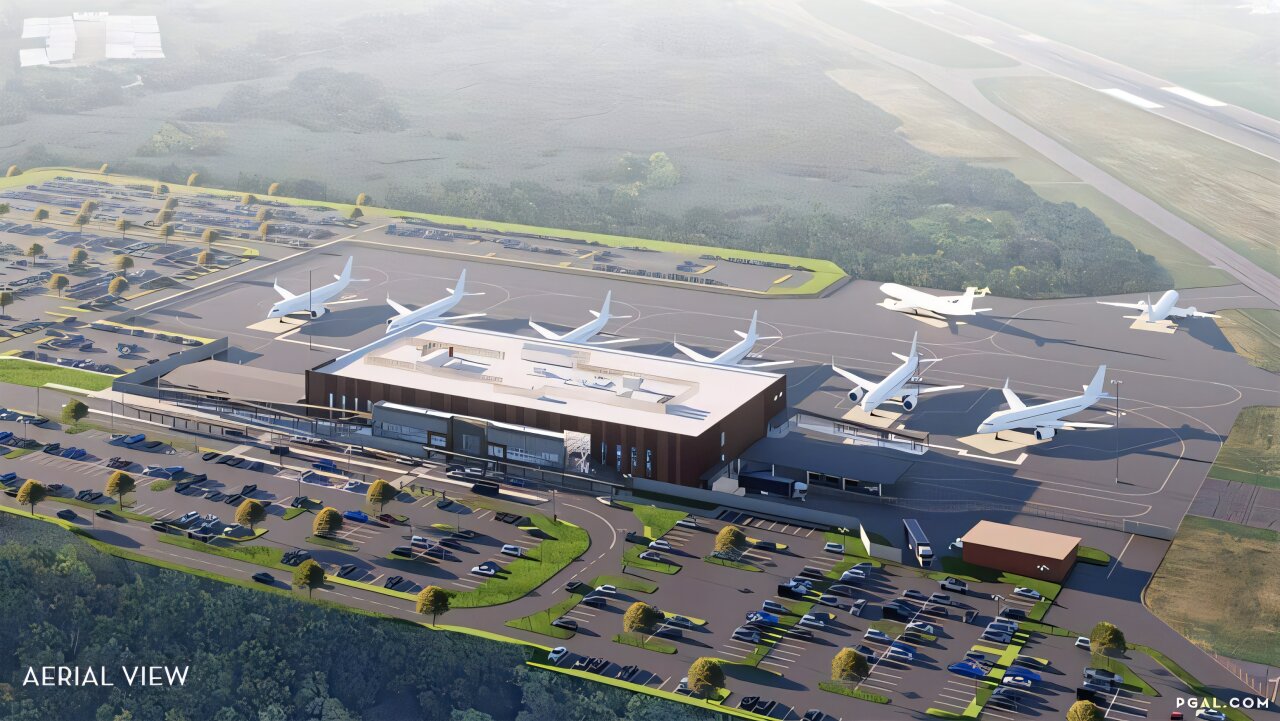Beyond Airports: Enhancing Grid Security and Flexibility

The Future of Airport Energy: Preparing for a Surge in Demand
As the aviation industry continues to evolve, so too does its energy consumption. With fleets of rental vehicles and ground support equipment becoming increasingly common at U.S. airports, the demand for electricity is expected to quintuple over the next two decades. This significant increase will not only impact major airports but also smaller regional and general aviation airports, which often have simpler rural electric connections.
The growth in airport energy needs is driven by several factors, including the rise of battery-powered electric aircraft that require substantial charging infrastructure on the ground. These developments are prompting major investments in airport electrical systems, as well as new strategies for managing energy demands.
NREL's Role in Shaping Airport Energy Strategies
Researchers at the National Renewable Energy Laboratory (NREL), a U.S. Department of Energy national laboratory, are actively working to address these challenges. Using advanced tools like the Advanced Research on Integrated Energy Systems (ARIES) platform, NREL is analyzing various energy options for airports, utilities, and public regulators. Their findings suggest that on-site energy generation and storage can offer win-win solutions for all stakeholders involved.
One key approach involves on-site power generation through distributed energy resources. This strategy can help airports reduce operating costs by allowing them to sell excess electricity back into the grid. For regional airports, this could also provide a local source of stability and energy backup, turning them into energy nodes that support the broader community.
The ÆNodes Initiative: A New Approach to Airport Energy
To explore these possibilities further, NREL and NASA have launched the Airports as Energy Nodes (ÆNodes) initiative. This research project aims to evaluate the costs, policies, and operations of airports to determine how they can become more energy-efficient. Starting with two partner airports—Winchester Regional Airport in Virginia and Tweed New Haven Airport in Connecticut—the initiative will develop a repeatable research model for the other 5,000 U.S. regional and general aviation airports.
The ÆNodes project includes simulating thousands of hypothetical flight itineraries where electric aircraft could serve high-demand routes. These simulations help establish a baseline for electricity requirements and options. Researchers then replicate the power systems of partner airports, enabling them to test various scenarios and configurations.
Coordinating with Utilities for Better Outcomes
A critical component of the ÆNodes initiative involves coordinating with local utilities to optimize power systems. By forecasting electric loads and mapping them to typical regional airport buildouts, researchers can identify the best locations for energy assets and determine any necessary adjustments to airport policies or configurations.
Using the ARIES platform, NREL will emulate charging fleets of electric aircraft and ground equipment, allowing utilities to see how their components handle large loads and unexpected disruptions. This virtual testing ensures that the electric plan is safe and viable before implementation.
The Importance of Proactive Planning
With the growing interest in electric aircraft and short-distance flights, the next steps for airports could be transformative. NREL and NASA emphasize the importance of proactive planning to ensure that aviation decision-makers are well-prepared for the future.
"Electric aircraft are in certification—now is the time to prepare," said Scott Cary, project manager of ports and airports at NREL. "There is a whole adoption cycle for getting a network in place and scaling it to the demand that airports expect to see."
By building local generation capabilities, such as battery storage, and supplying electricity back to the local grid, airports can optimize the value of their energy investments. NREL's research will demonstrate that these transformative electrical buildouts are not only safe but also beneficial for both the aviation and utility sectors.
Looking Ahead: A Vision for Energy-Resilient Airports
The ÆNodes initiative is focused on all loads at an airport, taking the results from electrical emulations to utilities and showing them how to integrate these systems effectively. This approach allows for a scalable model that can be applied from airport to airport.
As the aviation industry moves toward a more sustainable future, the role of airports as energy nodes becomes increasingly important. By leveraging insights from partnerships with organizations like the Federal Aviation Administration, NREL is helping to shape a resilient and efficient energy landscape for the future.
Post a Comment for "Beyond Airports: Enhancing Grid Security and Flexibility"
Post a Comment